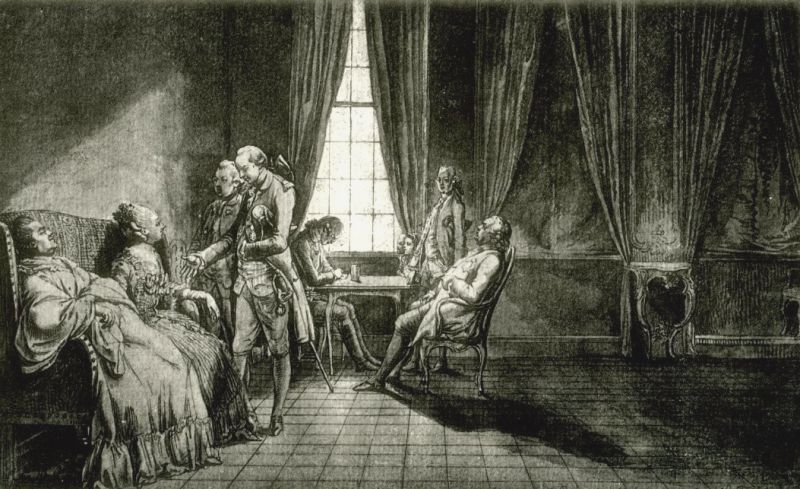Daniel Chodowiecki - The Polonica
Mediathek Sorted
-
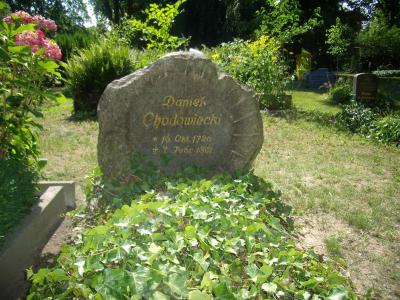
-
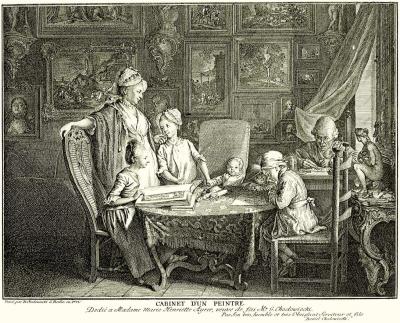
-
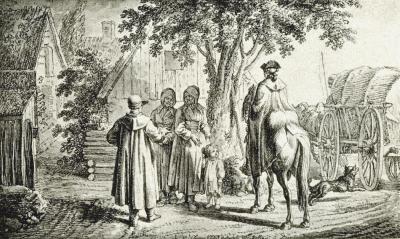
-
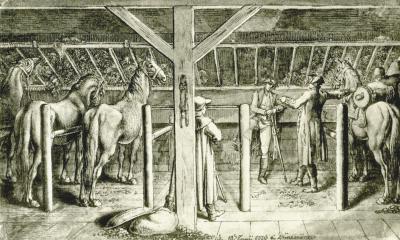
-
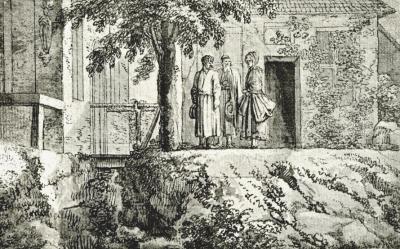
-
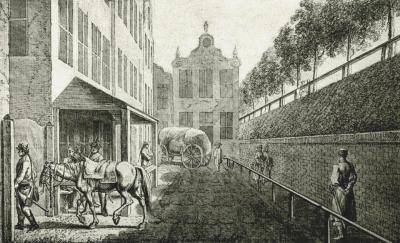
-
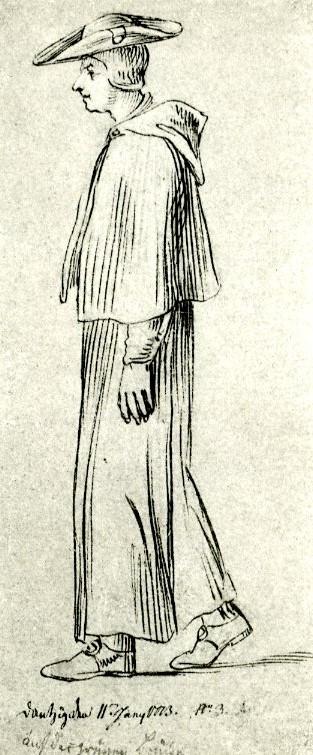
-
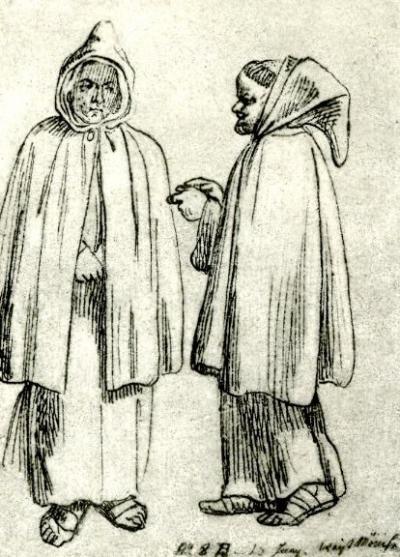
-
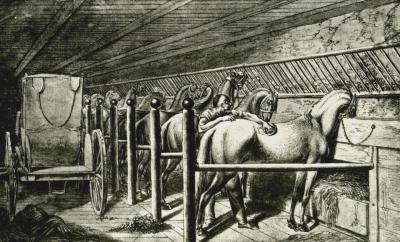
-
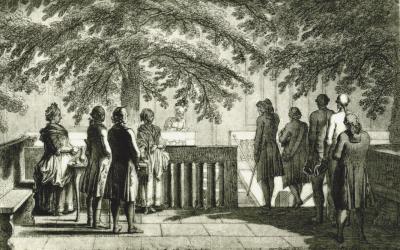
-
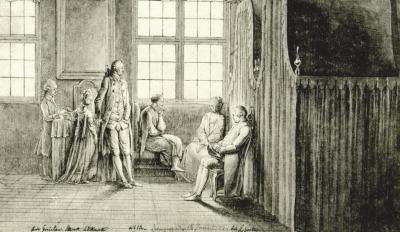
-
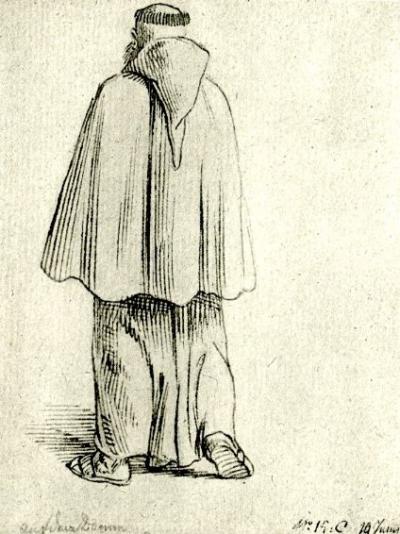
-
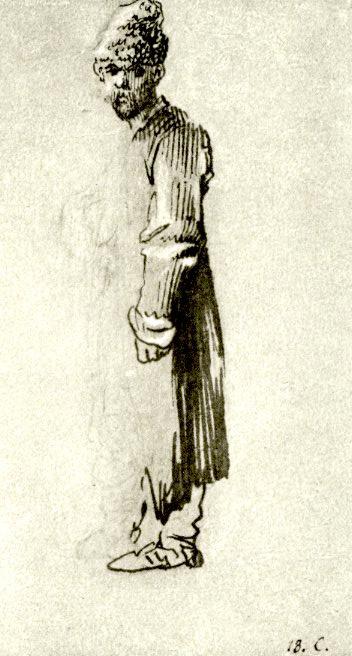
-
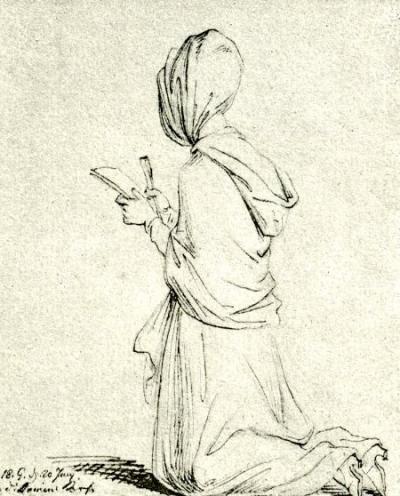
-
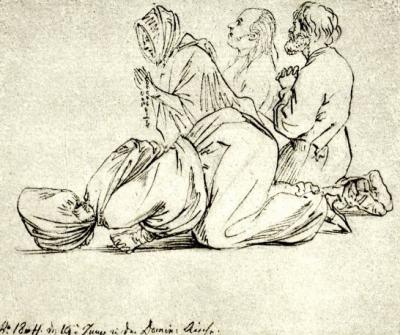
-
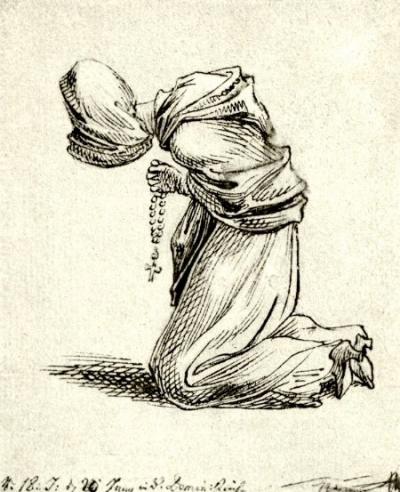
-
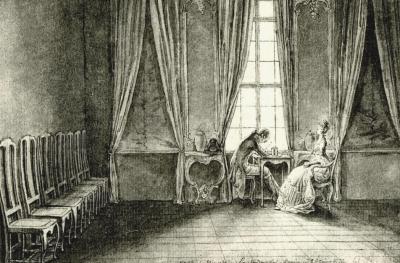
-
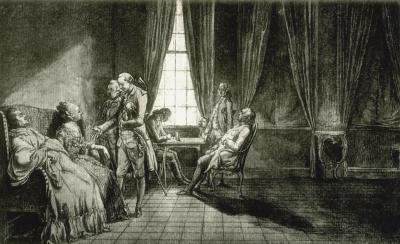
-
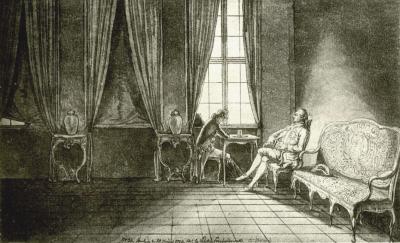
-
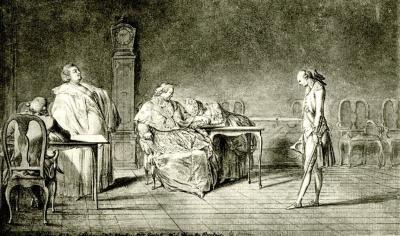
-
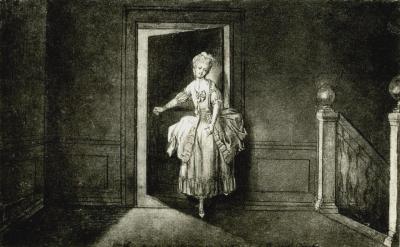
-
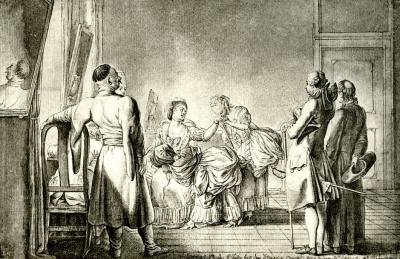
-
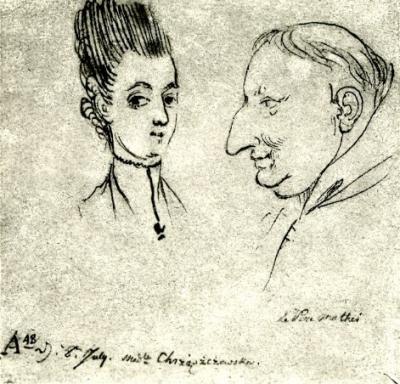
-
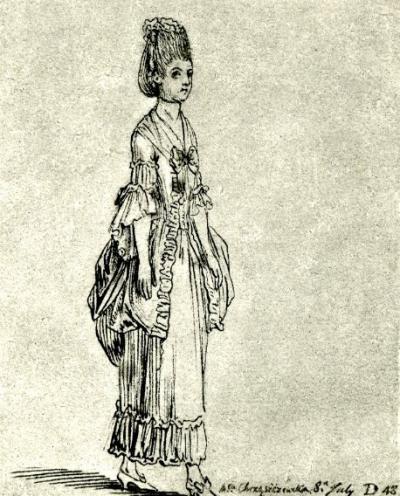
-
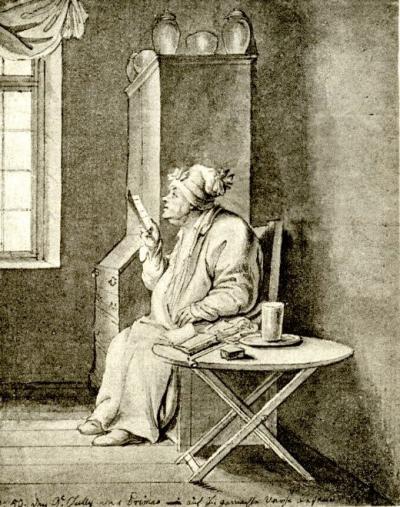
-
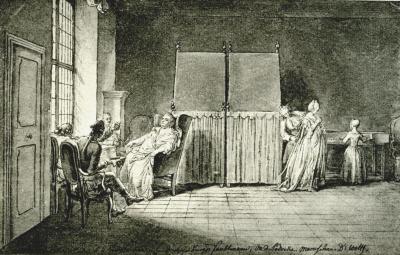
-
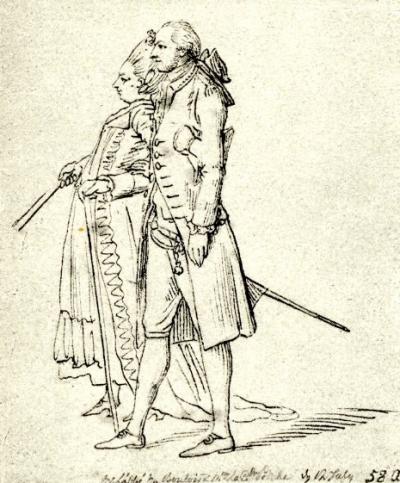
-
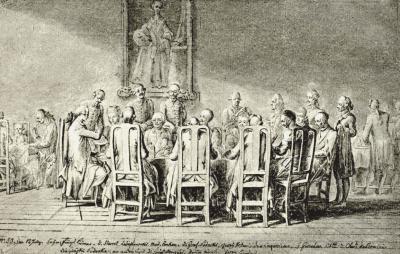
-
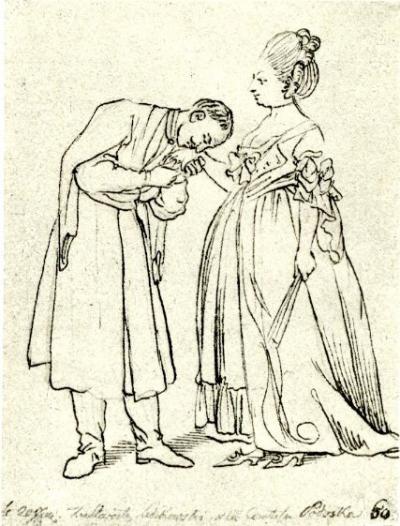
-
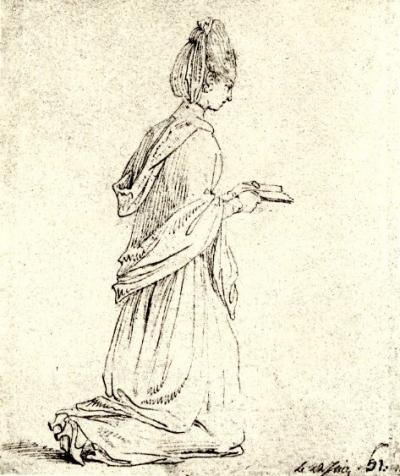
-
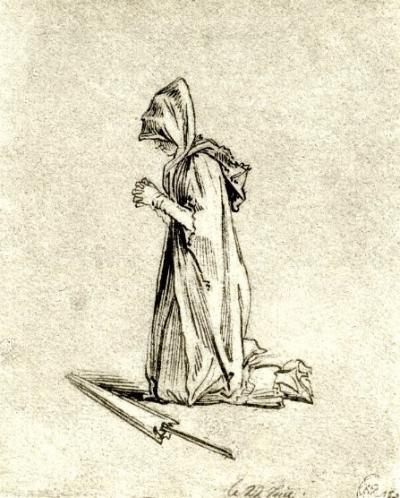
-
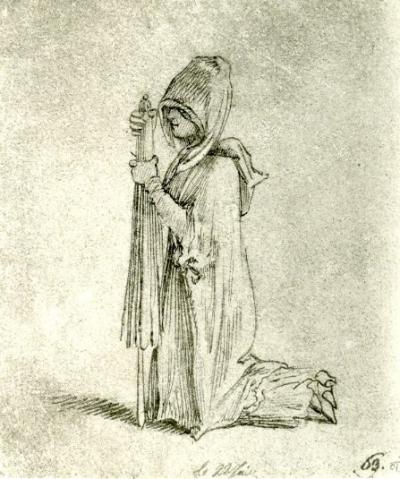
-
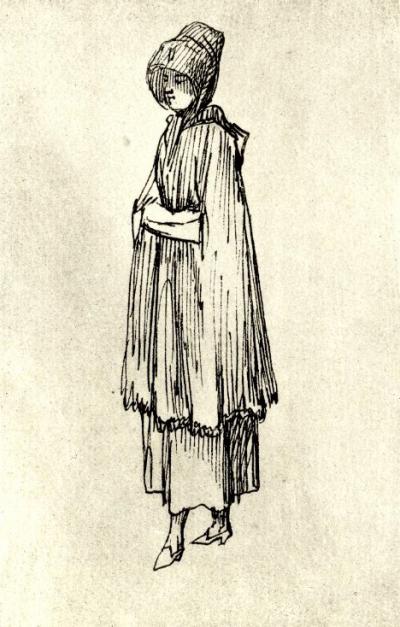
-
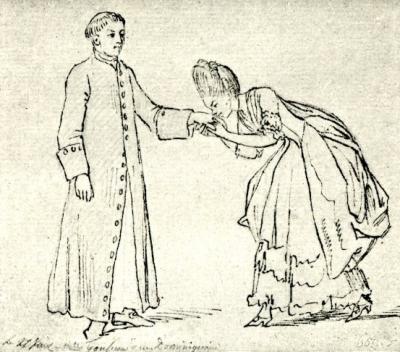
-
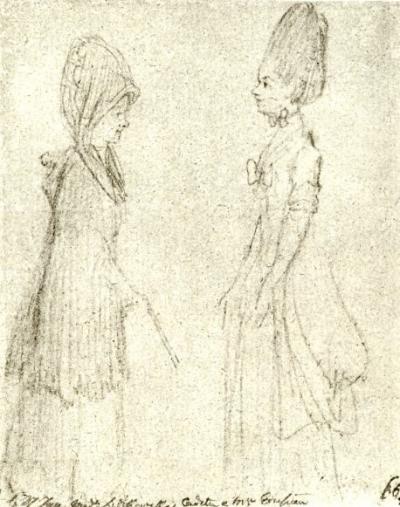
-
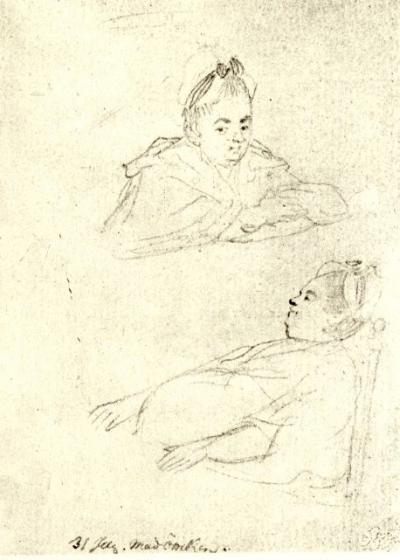
-
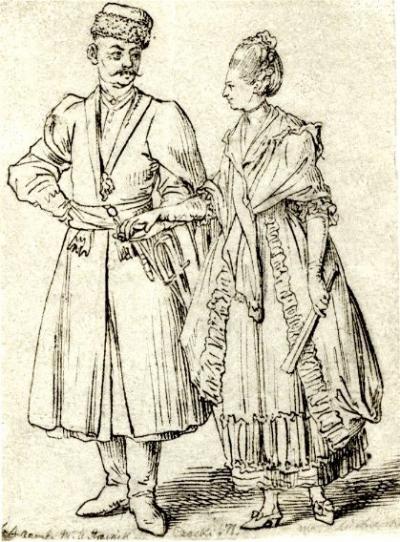
-
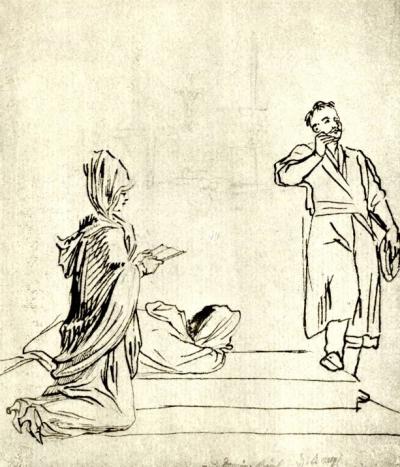
-
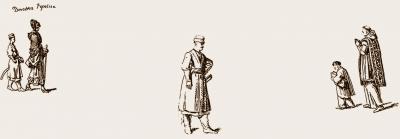
-
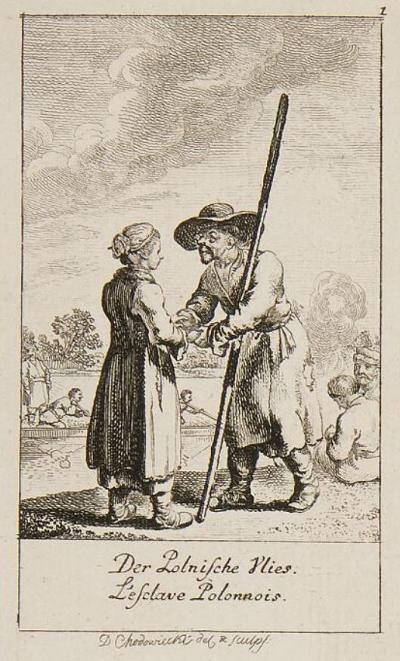
-
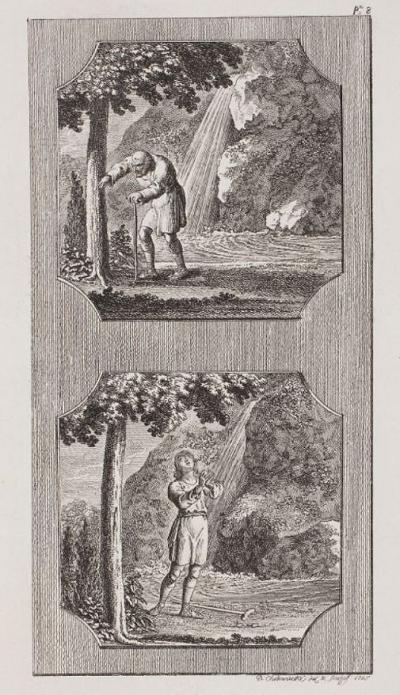
-
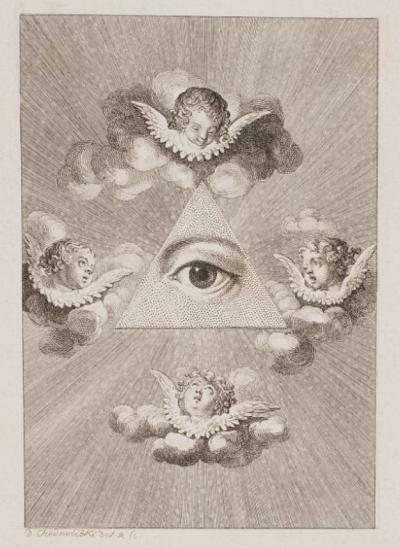
-
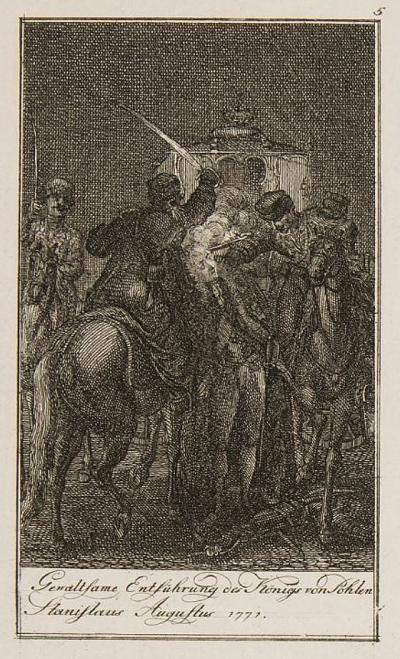
-
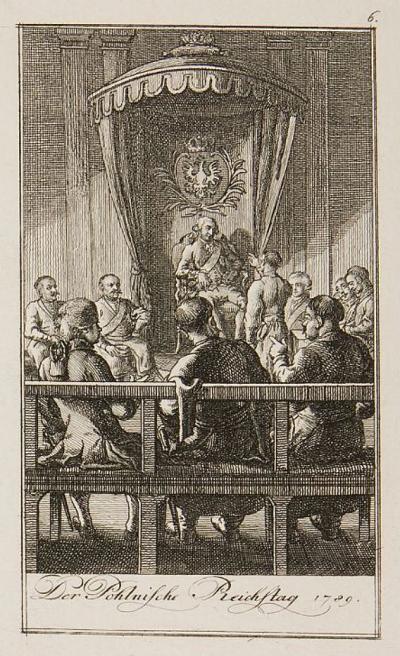
-
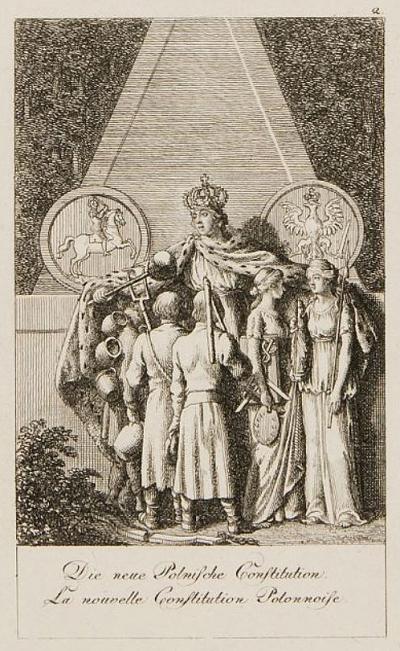
-
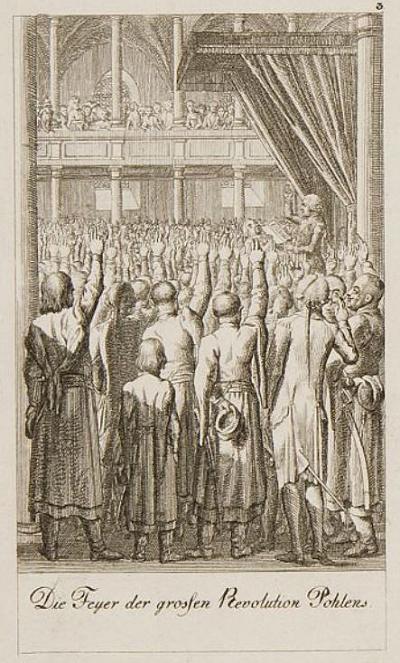
-
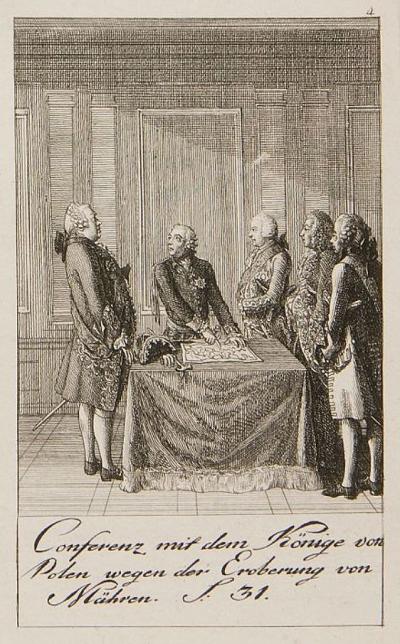
-
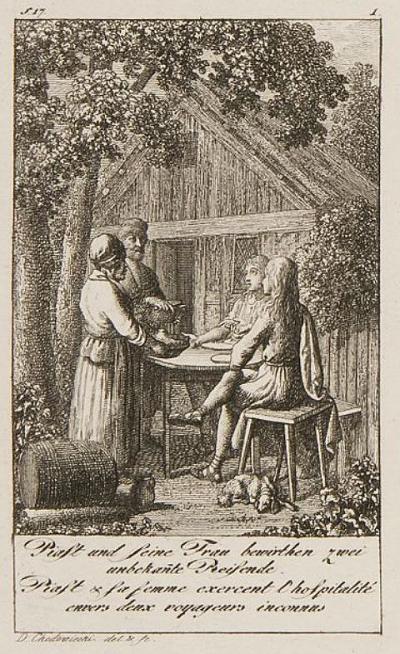
-
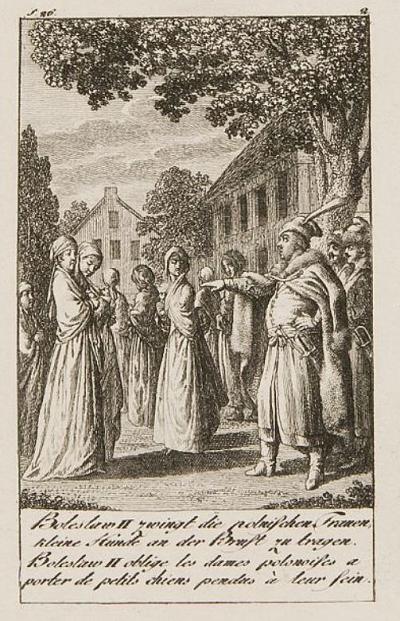
-
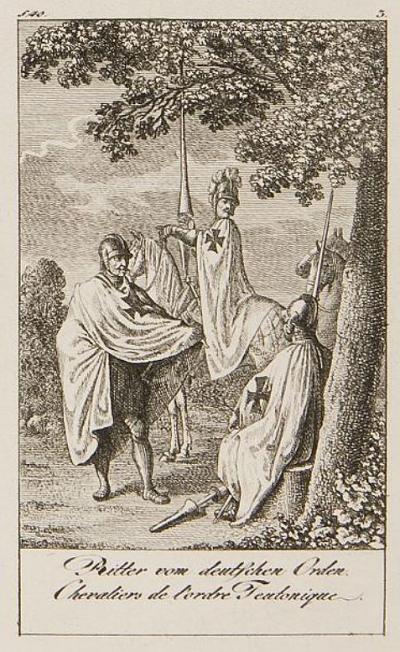
-
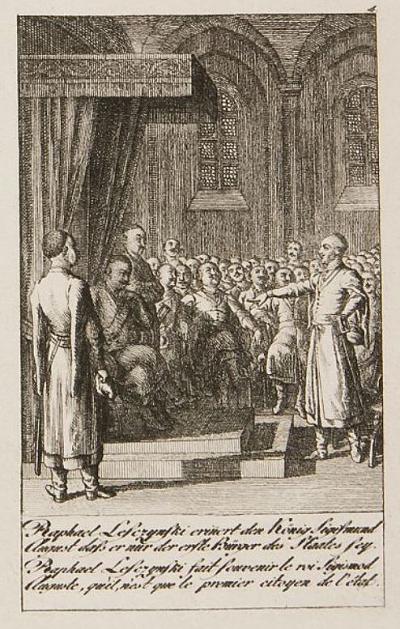
-
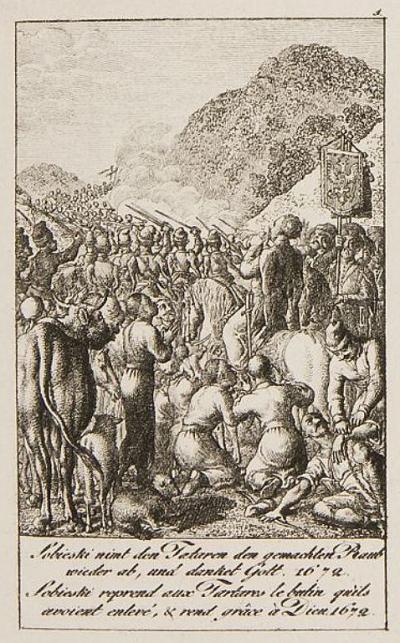
-
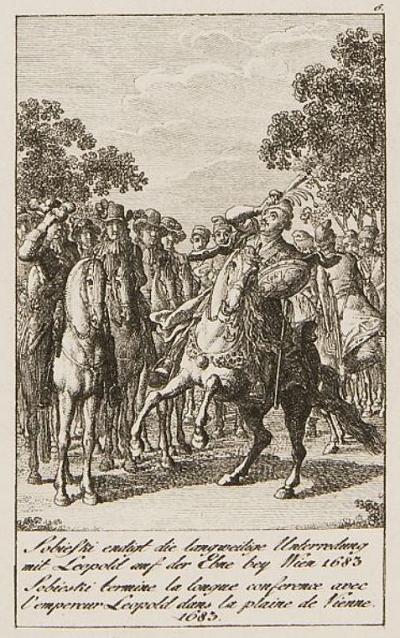
-
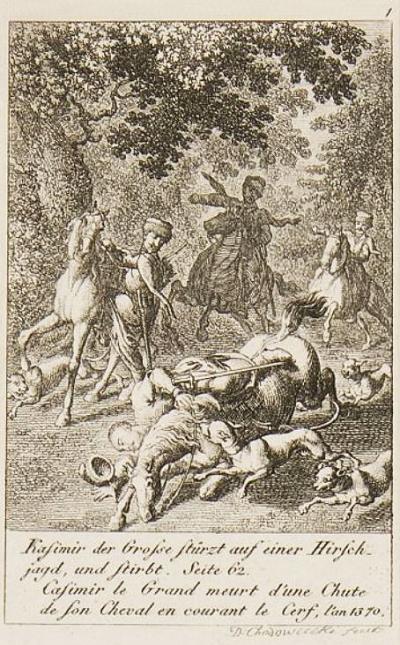
-
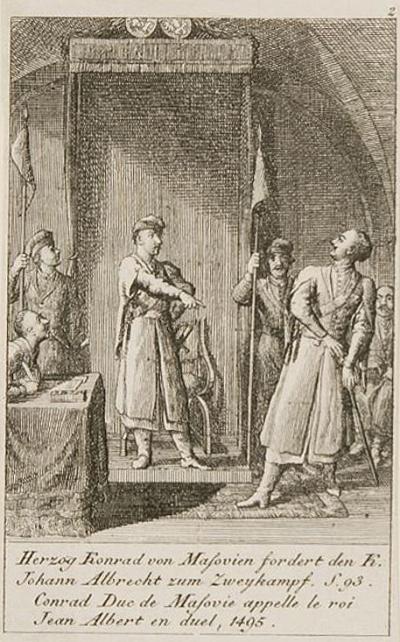
-
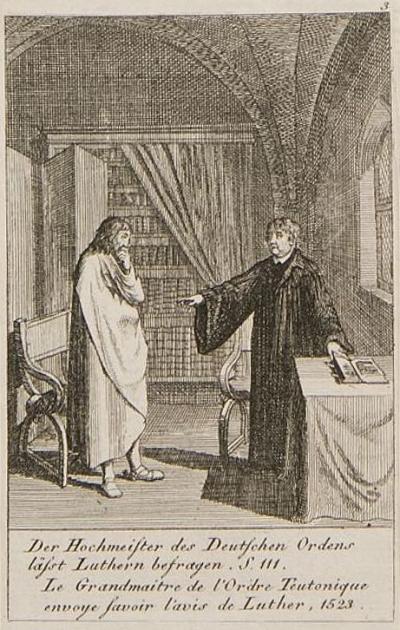
-
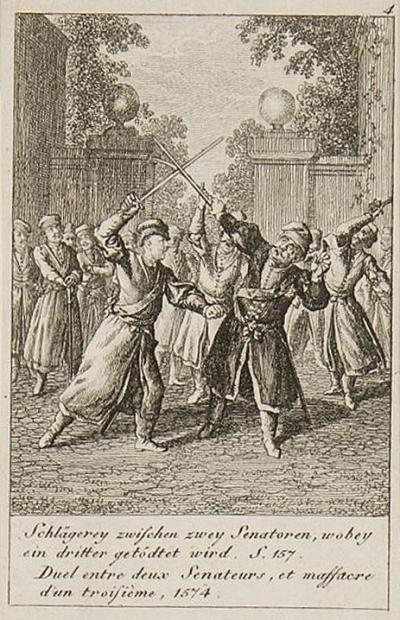
-
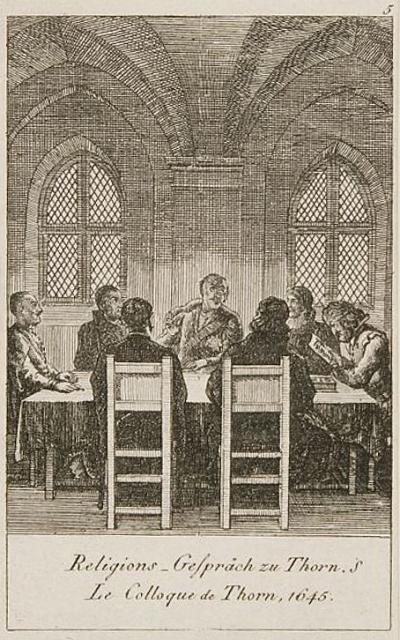
-
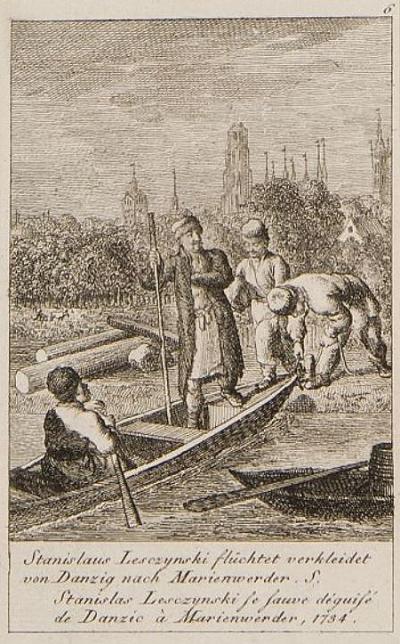
-
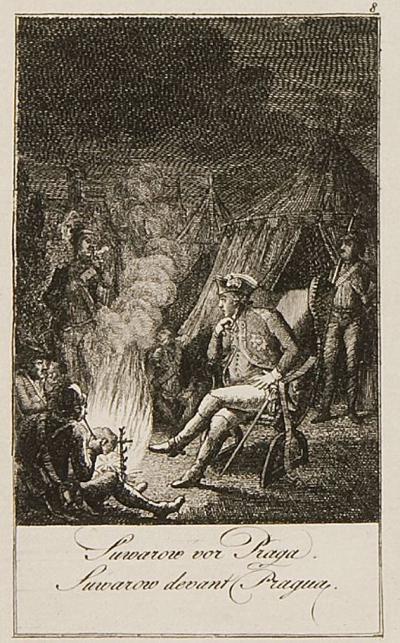
-
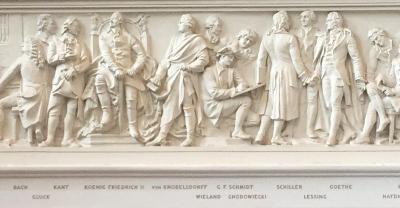
-

-

Daniel Chodowiecki - Hörspiel von "COSMO Radio po polsku" auf Deutsch

On the 20th June he visited the Dominican church of St. Nikolaus, but could not stay long because there was a service. Nonetheless he found time to draw women and men kneeling in prayer (Ill. 14-16), visit the cloister and view the altars and some of the paintings. One month later, on 22nd July, and for the last time on 4th August he revisited the church to look at the paintings once again, and also to make further studies of the faithful (Ill. 30-33, 38). Whilst Chodowiecki very probably made the large format and drawings of the coaching inn in Donnemörse (Ill. 4) and the suburb of Graben (Ill. 6) from memory or sketches, the small studies of people were almost certainly made on the spot. As a rule, since the population of Danzig was predominantly Protestant and German, the Catholic pastorate, monks and faithful would have been Polish. But this must not necessarily be so. The three raftsmen were certainly Polish: in the 1895 collotype only one figure with a feather is visible (Ill. 13). The “Fliß” (polish: flisak) as the raftsmen were known in Danzig were notorious for their habits and notoriously roughshod behaviour. As a rule they came from the lowest layer of society and transported wood, grain and other agricultural goods from the Polish plain on barges and rafts down the river Vistula to Danzig harbour.
Chodowiecki first came into contact with representatives of the Polish aristocracy on 17th June when he accompanied the pastor from the French congregation Jean Robert Bocquet, on a visit to his mother-in-law Madame Scott, who ran one of the best guesthouses in Danzig, the so-called English House. Here they had a coffee, after which Chodowiecki paid a visit to the merchant Karl Gottfried Grischow, who owned a shop in the same house selling English goods, furniture and coloured etchings.[17] Chodowiecki made a drawing of himself, Madame Scott and Bocquet and his wife just as they got up from the coffee table in order to pay their respects to the Prince-Primate, who was leaving the guesthouse with his entourage (Ill. 10). On the following day Grischow took Chodowiecki to visit a wealthy merchant by the name of Johann Christian Gerdes. They were received in the hallway of the house by the merchant, along with his wife and children who were playing at the table. On the right of the picture can be seen the four-poster bed, though the closed curtains. On the sofa by the window sits Franciszek Antoni Ledóchowski (Franz Count Ledochowski, 1728-1783), the starost of Włodzimierz who is recognisible from his Polish hairstyle. Chodowiecki consistently referred to him as “Starost Ledikowski” (Ill. 11).
Thanks to Grischow, Chodowiecki received his first portrait commissions on 26th June. He had an appointment in the house of the Voivode (a Slavic title, generally a governor) of Pomerelia, Ignacy Franciszek Przebendowski (Ignatz Franz Count Przebendowski, 1731-1791), where he was to portray his wife. (Ill. 17). Chodowiecki noted in his diary that she was “a pretty woman around 40 years old […] She speaks French and German well and wants to acquaint me with another Polish lady who paints and does etchings. I began her portrait & her spouse gave me a portrait of himself, a very pretty cameo painted in Italy, to copy, & on Tuesday he will also reserve the sitting for me so that I can complete it. […] She was delighted to have found a Polish painter [meaning Chodowiecki].”[18]
It was also thanks to Grischow, who had been showing around a few of Chodowiecki’s portraits to potential customers, that he made contact with the Prince-Primate Gabriel Jan Podoski, the highest representative of Poland in Danzig. The day after they met he drew his portrait in the form of an ivory cameo and also on parchment (Ill. 18) in order to make a later etching. Others who were also present included the sister-in-law of the Prince-Primate, Countess Podoska, the exceedingly corpulent “head” of the Royal household, Madame Öhmchen (on the extreme left in the picture), and other members of aristocratic society. Further sittings followed in the next few days, including one of Voivode Przebendowski (Ill. 19) and another of the Prince-Primate (Ill. 20), others of members of the French community and German merchants and aristocrats.
The Voivode and his wife were so satisfied with their cameos that they recommended Chodowiecki further, this time to Countess Anna Czapska (1747-1837), the daughter of the starost Ledóchowski and wife of Count Michał August Czapski (1702-1796).[19] He drew Countess Czapska on 8th July in the presence of her husband (on the left edge of the picture), a sister of the Countess, Mademoiselle Ledóchowska, and other members of society (Ill. 22). He dedicated to the sister an elegantly drawn portrait of her just as she was stepping out of the doorway (Ill. 21), presumably from memory. There followed studies of Demoiselle Chrząszczewska, who was also present when Countess Czapska was sitting for her portrait (Ill. 23, 24), of Countess Podoska accompanied by the Chevalier du Bouloir, another portrait of starost Ledóchowski (Ill. 27, 29), one of Fräulein Gousseau, the governess of the daughter of Count Ledóchowski (Ill. 34, 35), and one of Strażnik Czapski along with the wife of starost Ledóchowski (Ill. 37).
[17] Geismeier decodes the persons mentioned in the notes to his (1994) edited edition of Chodowiecki’s diary.
[18] Daniel Chodowiecki … The diary 1994, page 41 f.
[19] In this case Chodowiecki’s memories of personal names and Geismeier’s decoding are different from the Polish table of ancestors that can today be found at: http://www.sejm-wielki.pl .

















































































